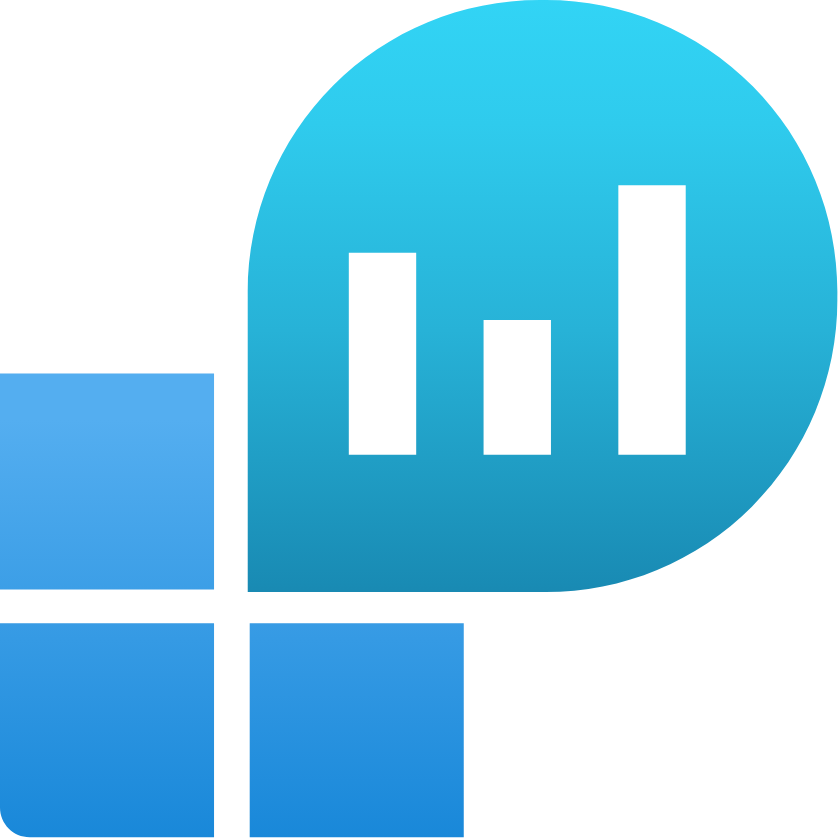Kusto Query Language (KQL), originally developed for Azure Data Explorer, is a powerful query language optimized for querying and analyzing large volumes of structured, semi-structured and even unstructured data. KQL has several features making it a key solution for such datasets.

Rich Query Syntax: KQL offers a rich set of operators, functions, and keywords for querying data. Because of its similarities, experts with SQL experience can easily get used to it. These include commands like SELECT, WHERE, GROUP BY, JOIN and many more.

Time Series Analysis: KQL is powerful at analyzing time-series mostly used in log files, telemetry and monitoring data. It provides built-in functions for aggregation, calculating trends and detecting outliers.

Data Visualization: KQL has built-in visualization functions allowing users to generate charts and dashboards from query results in real-time

Scalability: KQL is designed for querying large datasets efficiently. It utilizes several techniques to ensure fast query performance even with massive amounts of data.

Schema-on-Read: KQL supports schema-on-read, allowing users to query semi-structured and unstructured data without requiring a predefined schema. This flexibility makes it easy to work with data in formats like JSON, CSV and XML.

Integration with Azure Services: KQL is tightly integrated with various Azure Services like Azure Monitor, Azure Log Analytics, and Microsoft Sentinel. Using these integrations make it possible to seamlessly analyze data and correlate it across different Azure environments.
These key features make KQL a powerful query language for analyzing data across several Azure services and platforms. Its rich feature set and powerful capabilities make it a great tool for querying, analyzing, and visualizing data across a wide range of applications and environments.